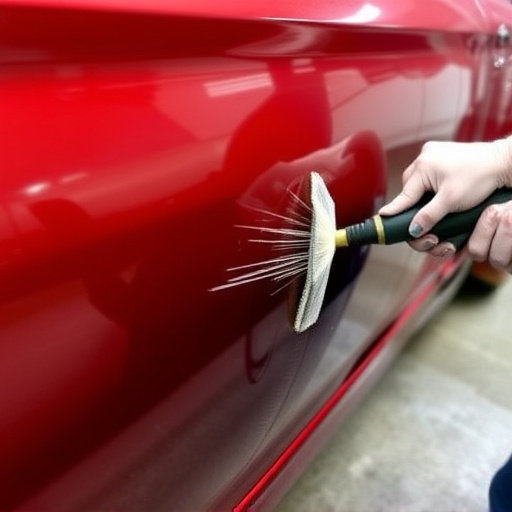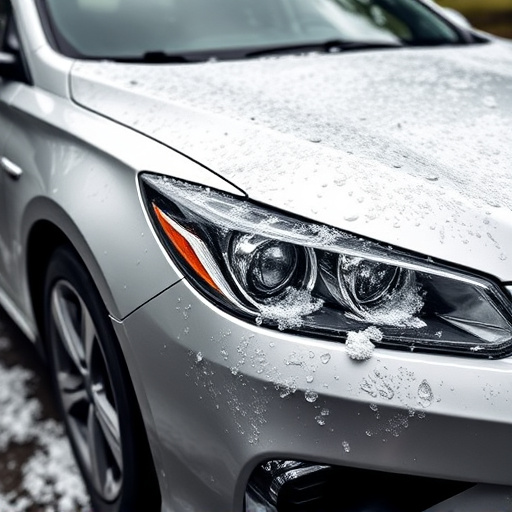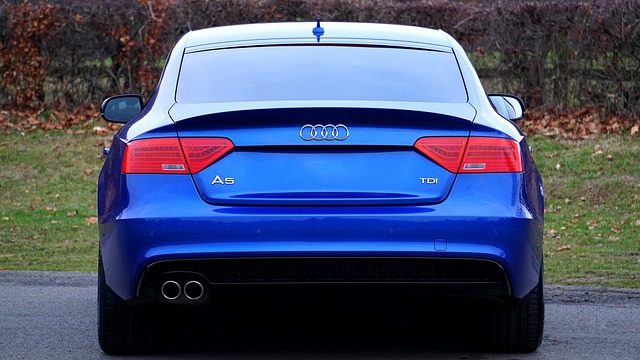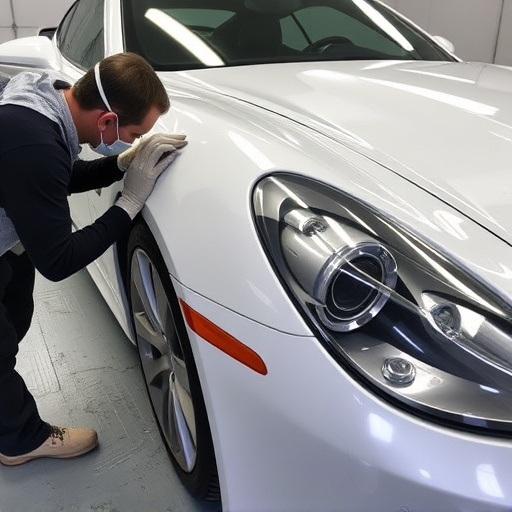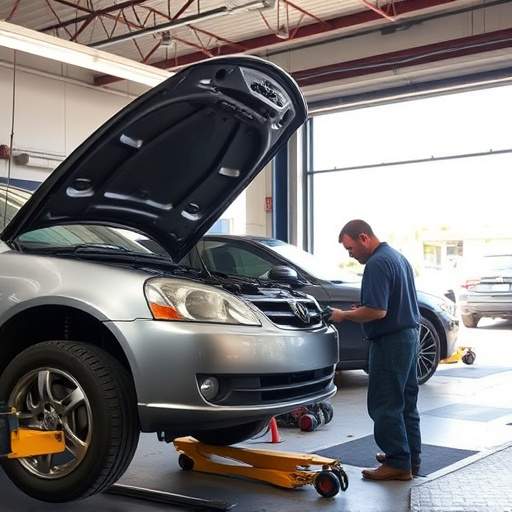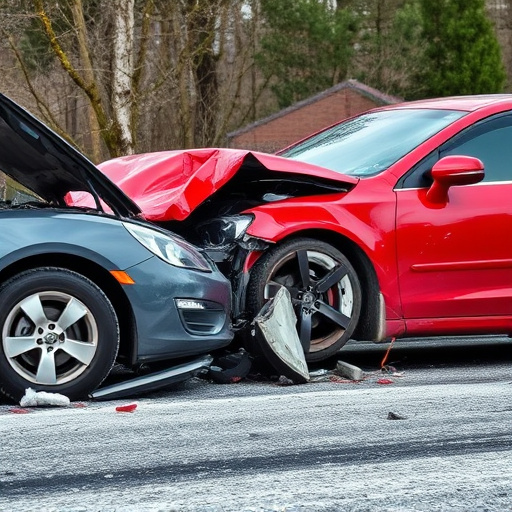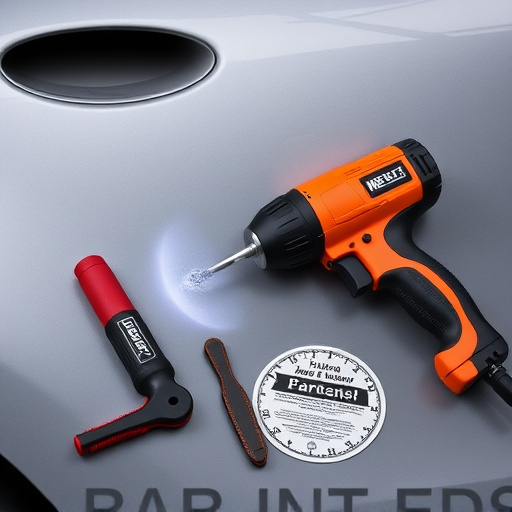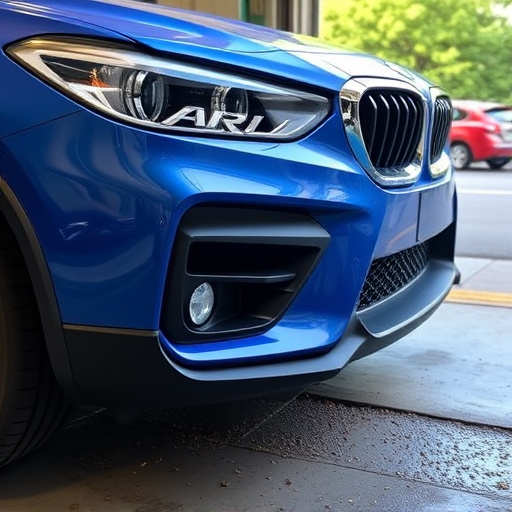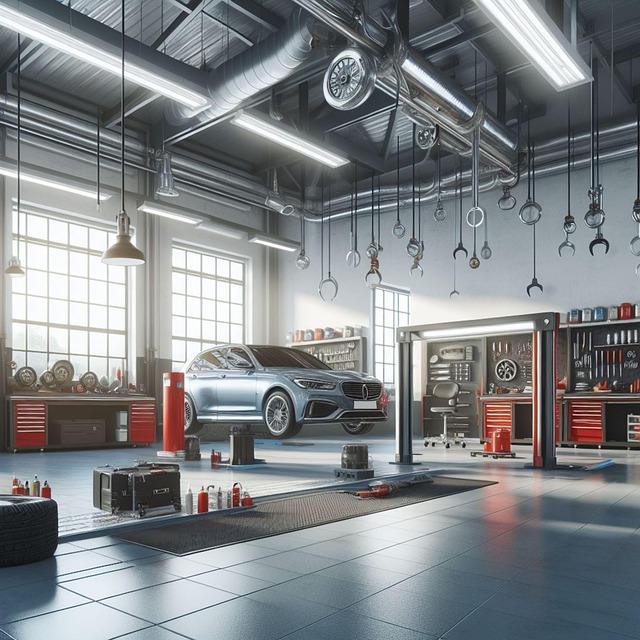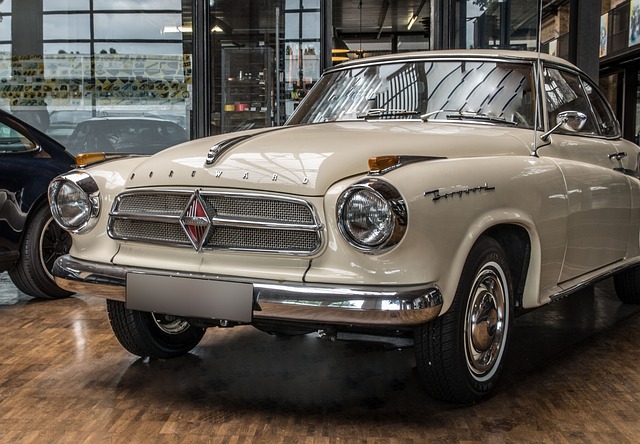After a collision, thoroughly inspect your car's battery for damage, such as swelling, leaking, or corrosion. For severe accidents requiring extensive repairs, replace the battery to ensure reliable startup post-repair. Always prioritize safety when managing batteries, wearing protective gear and following correct procedures during jumpstarting. Consult a professional mechanic if unsure about battery care to avoid compromising vehicle repairs.
After a collision, knowing whether to jumpstart or replace your car’s battery is crucial. This decision impacts both safety and cost. Assessing battery damage post-crash is essential before determining your next move. While jumpstarting offers a temporary solution, replacement might be necessary if the battery is severely damaged. Understanding when each option is suitable ensures optimal post-crash battery management. Explore safe practices to guide you through this process and learn about the considerations surrounding battery replacement after a crash.
- Assessing Battery Damage After a Collision
- When to Jumpstart vs Replace After Crash
- Safe Practices for Post-Crash Battery Management
Assessing Battery Damage After a Collision
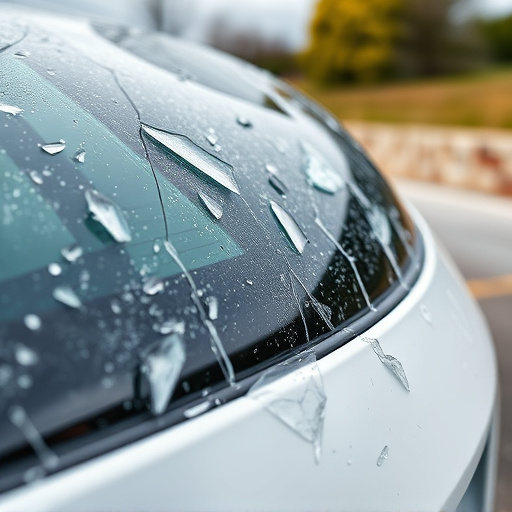
After a collision, one of the first steps to assess damage is to check the battery. While it might appear intact on the surface, internal damage can occur during a crash that may not be immediately visible. If the battery has been subject to intense impact or force, it’s crucial to look for signs of swelling, leaking, or corrosion. These indicators suggest a need for replacement rather than jumpstarting, as attempting to use a damaged battery can lead to further complications and safety risks.
In many cases, an auto collision center may offer vehicle repair services that include comprehensive battery assessments. Skilled technicians use specialized tools to test the battery’s capacity and identify internal failures. This process is essential in determining whether a simple jumpstart will suffice or if a full battery replacement after crash is necessary. Remember, proper diagnosis ensures you’re not left stranded with a vehicle that won’t start due to an overlooked damaged component—like a car scratch repair that goes unnoticed until it impacts functionality.
When to Jumpstart vs Replace After Crash
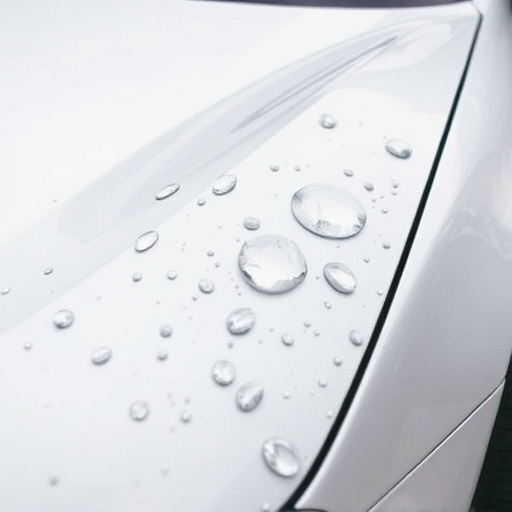
After a collision, deciding between jumpstarting or replacing your car’s battery depends on several factors. If your vehicle is moderately damaged but all other components are functioning normally, jumpstarting might be the way to go. This quick fix can get you back on the road while ensuring your safety and that of others. Auto maintenance experts recommend this option for minor accidents where the battery is simply dormant rather than severely damaged.
However, if the collision has led to significant vehicle body repair or caused extensive damage to electrical systems, a battery replacement after crash might be more suitable. While it may seem like an additional expense among tire services available, prioritizing safety and reliability is paramount. A new battery guarantees better performance and peace of mind, especially considering the potential risks associated with a compromised power source in your vehicle.
Safe Practices for Post-Crash Battery Management
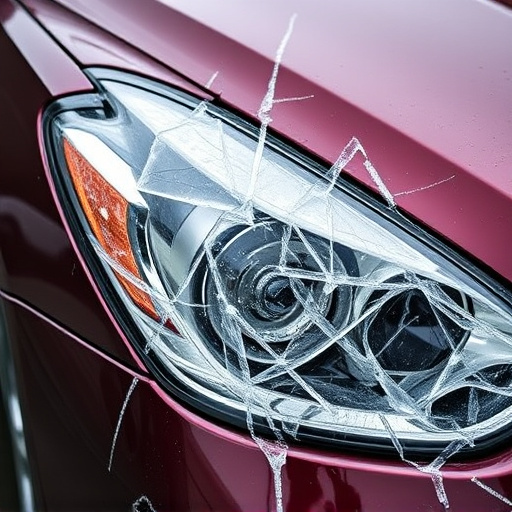
After a collision, managing your car’s battery safely is crucial, especially if you’re considering whether to jumpstart or replace it. The initial step involves assessing the vehicle’s overall condition, focusing on any visible damage that could impact the battery’s placement and subsequent functionality. If the vehicle body shop recommends a new battery due to extensive damage during the crash, this should be prioritized to ensure your car starts reliably following repairs.
When handling batteries, remember to wear protective gear like gloves to avoid potential chemical burns from acid leakage. During jumpstarting, connect the cables in the correct sequence—positive to positive and negative to negative—to prevent any short circuits or sparking that could worsen existing damage, including any car dent removal efforts previously undertaken. Always consult a professional mechanic if you’re unsure about battery management post-crash, ensuring your vehicle is safe to operate and that future repairs are not compromised.
After a collision, knowing whether to jumpstart or replace your car’s battery is crucial. Assess any damage and consider factors like battery age and charging capabilities before making a decision. Safe practices, such as using proper equipment and ensuring vehicle safety, are essential when handling batteries post-crash. Remember, while jumpstarting can be a temporary solution, replacing the battery after a crash often provides a more reliable and lasting fix for your vehicle’s electrical system.
